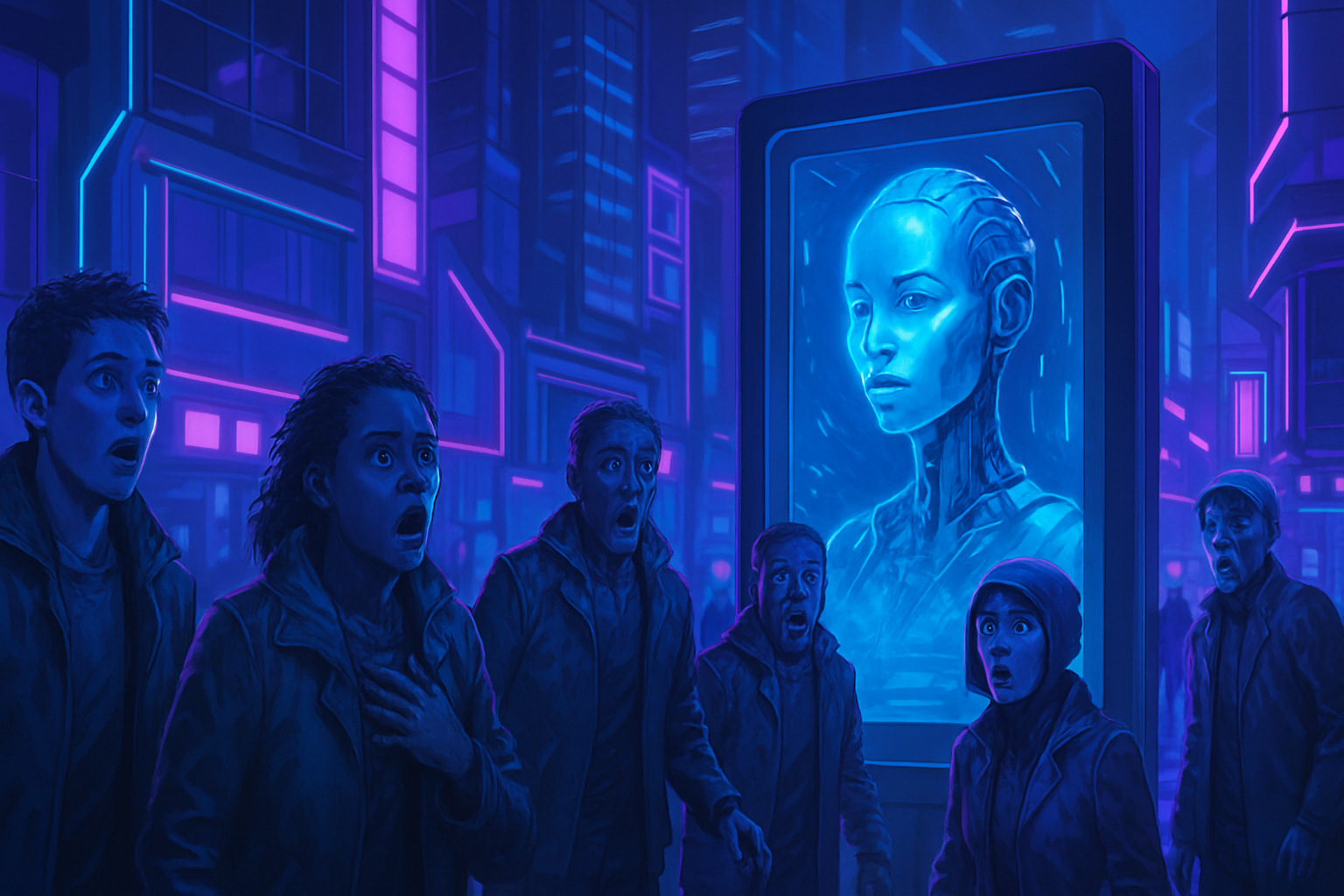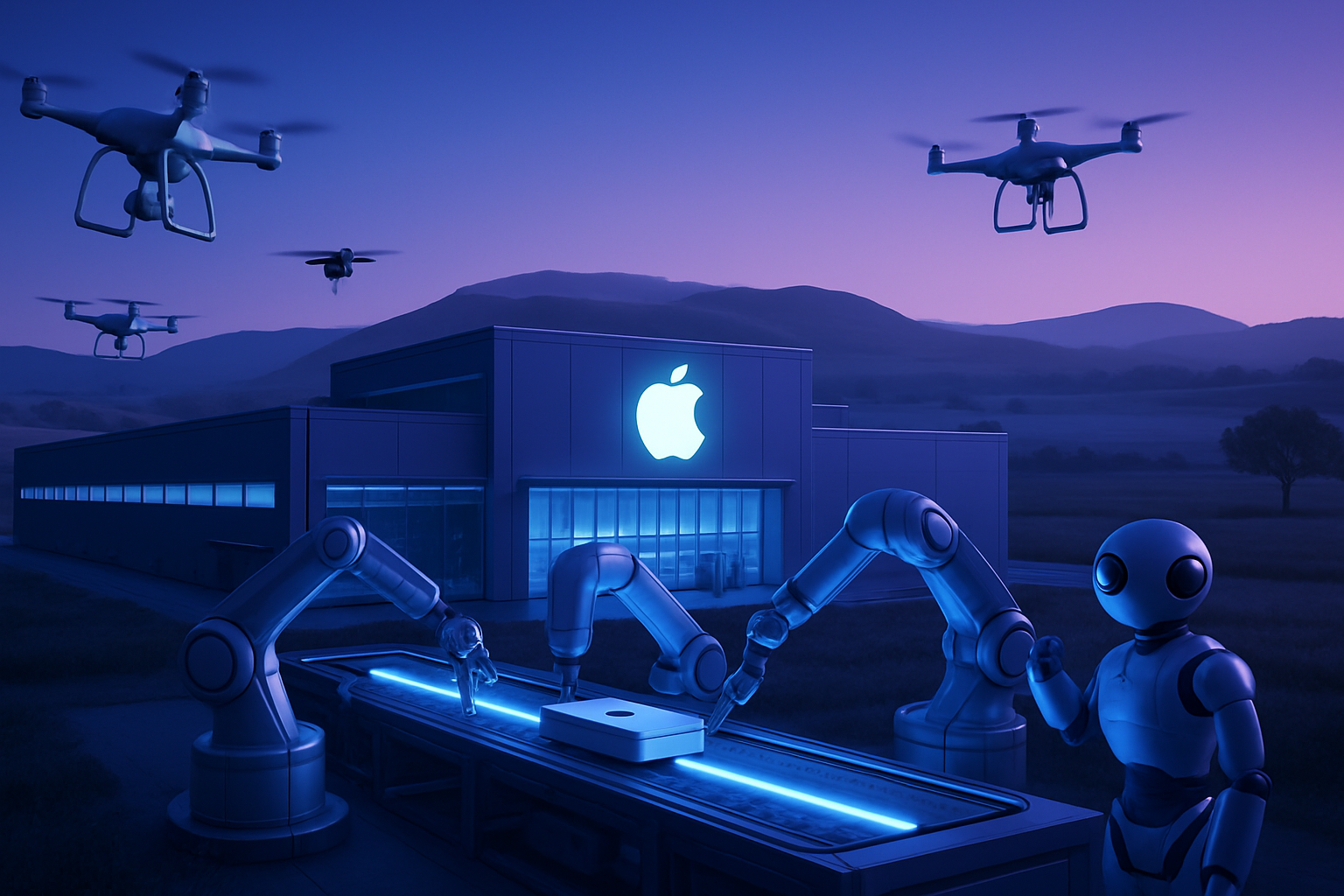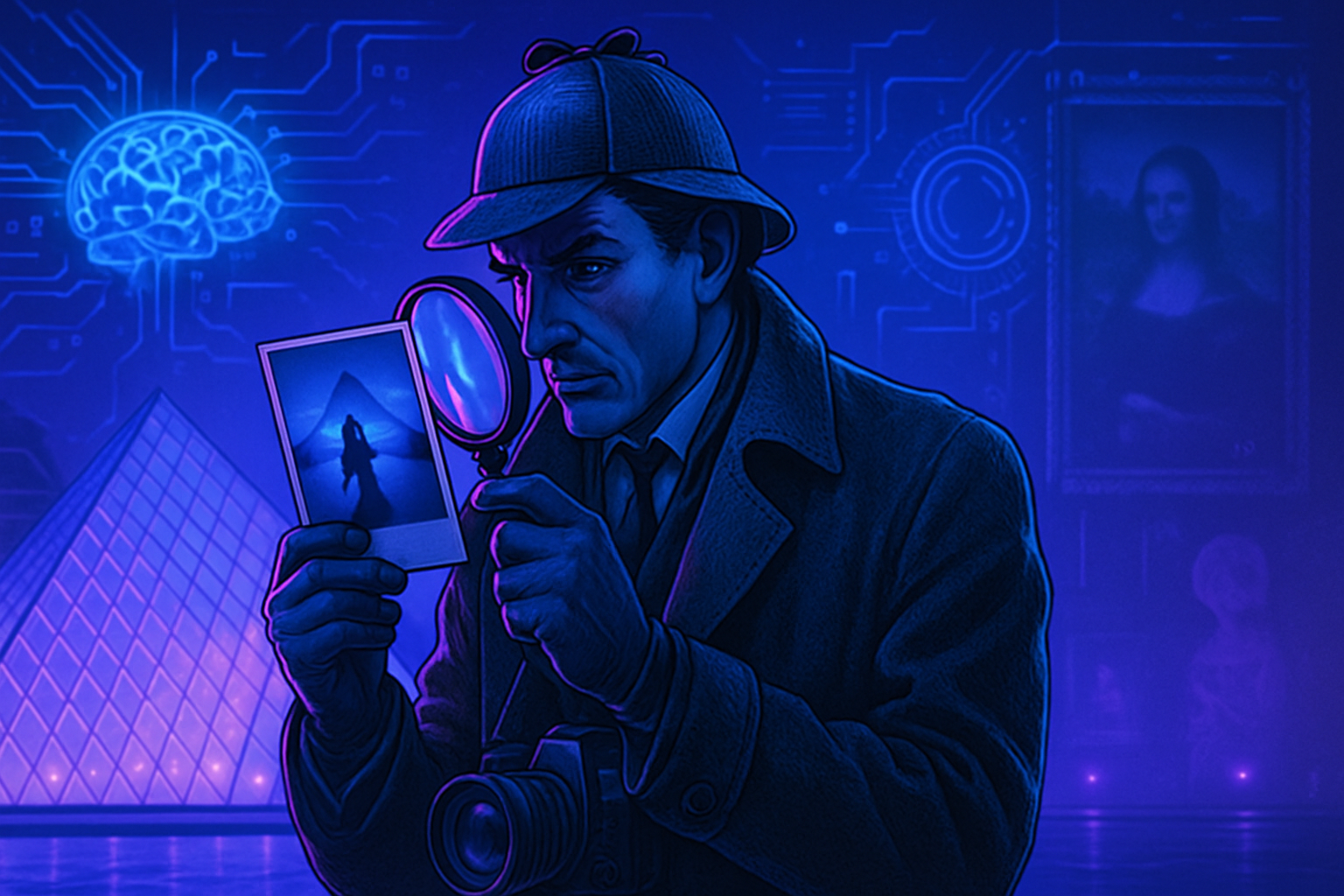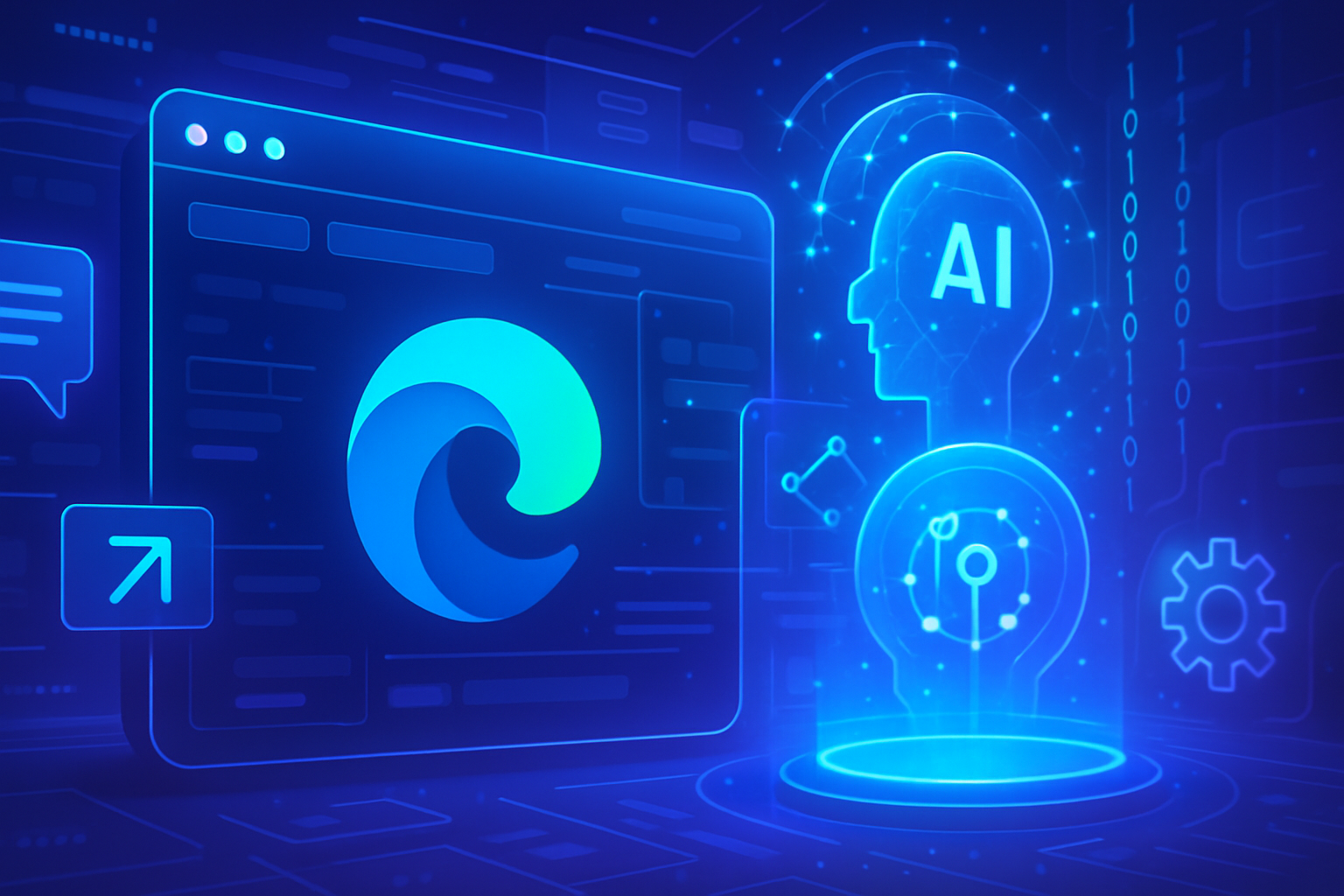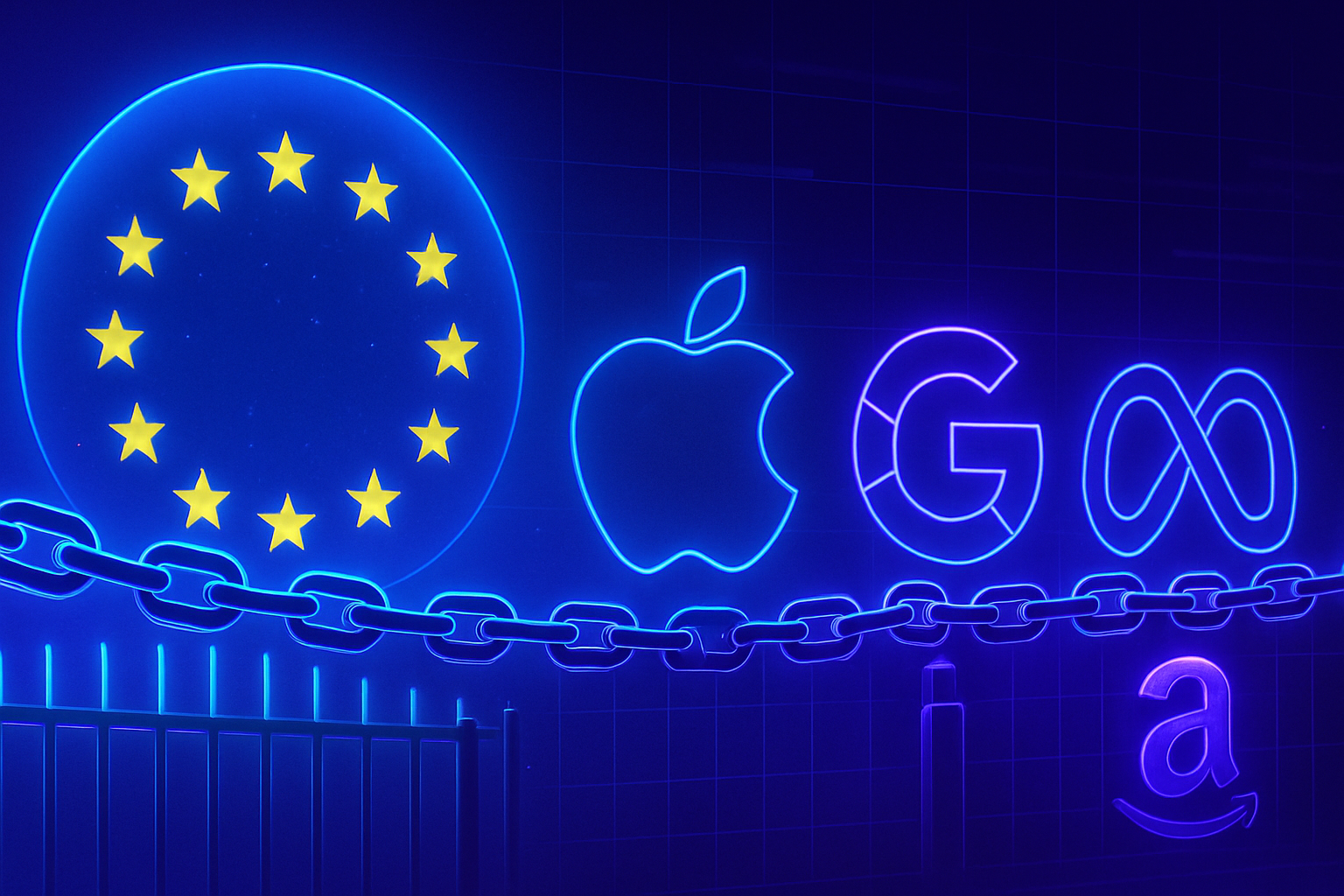Kawasaki is revolutionizing the sector with Corleo, an innovative and eco-friendly quadruped robot that runs on hydrogen. This technological advancement embodies a bold response to contemporary environmental challenges. Corleo redefines the interaction between man and machine, offering solutions aimed at optimal efficiency across various sectors. This robot, combining performance and durability, could very well propel Kawasaki to the forefront of industrial innovations. The quest for a viable energy alternative has never been more pressing. A promising future is emerging under the sign of hydrogen, where this robot stands out as a central player.
Kawasaki and hydrogen innovation
Kawasaki, a major player in robotics, recently unveiled Corleo, a revolutionary hydrogen-powered quadruped robot. This project represents a significant advance in the field of autonomous robots, combining cutting-edge technology with environmental respect.
Technical features of Corleo
Corleo is designed to excel in various environments, equipped with a robust structure. Its hydrogen propulsion gives it extended autonomy, allowing it to overcome obstacles and navigate complex terrains. Integrating sophisticated sensors, it can perceive its surroundings and adjust its behavior accordingly.
Potential applications
The uses of Corleo are vast, ranging from research missions, inspection, and intervention in disaster-stricken areas. Thanks to its ability to operate in difficult conditions, it positions itself as a valuable tool for rescue and surveillance operations.
Environmental impact
The decision to design a robot powered by hydrogen underscores Kawasaki’s commitment to sustainable robotics. By eliminating polluting emissions from traditional systems, Corleo represents a promising alternative for environmentally-friendly industrial solutions.
Challenges and future perspectives
Despite its advantages, Corleo will need to overcome several challenges before large-scale commercialization. The infrastructures for hydrogen, still scarce, require massive investments. As these infrastructures develop, Corleo’s capabilities could expand into new application areas.
Conclusion on the robotic revolution
Corleo is part of a broader dynamic of innovation within robotics. The convergence of propulsion technologies and artificial intelligence paves the way for a new era where autonomous robots will become an integral part of our daily lives. Together, they form the future of technology.
Frequently asked questions about Kawasaki’s quadruped robot Corleo
What is the operating principle of the Corleo quadruped robot?
The Corleo robot operates through a hydrogen-powered system, generating energy for its motors and sensors, enabling it to move with agility and efficiency.
What are the main applications of Corleo in industry?
Corleo is designed for various tasks such as logistics, environmental monitoring, and assistance in difficult environments where human presence would be risky.
How does the Corleo robot manage obstacles in its path?
Equipped with advanced sensors and artificial intelligence, Corleo can detect and avoid obstacles in real-time, facilitating its navigation in complex spaces.
What are the dimensions and weight of the Corleo quadruped robot?
Corleo measures approximately 1.5 meters long and weighs nearly 80 kg, making it light and compact enough to maneuver in various terrains.
Is the Corleo resistant to weather conditions?
Yes, the Corleo robot is designed to be weather-resistant, allowing it to operate in various climatic conditions, whether it rains or snows.
What types of terrain can the Corleo robot traverse?
Corleo can navigate across various terrains such as rough ground, steep slopes, and uneven surfaces, thanks to its robust design and advanced traction system.
What is the operating autonomy of the Corleo robot with a single hydrogen recharge?
The Corleo robot can operate for several hours on a single hydrogen recharge, depending on the conditions and intensity of the tasks performed.
What safety measures are installed on Corleo to protect users?
Corleo is equipped with safety protocols such as emergency stop and alert systems in case of problem detection, ensuring safety around it.
How can the Corleo quadruped robot be programmed or controlled?
Corleo can be programmed via an intuitive interface, allowing users to configure specific missions and adjust navigation parameters as needed.
Is the Corleo robot available for sale or just for testing?
Currently, Corleo is primarily offered for testing in certain sectors, with Kawasaki working on a potential large-scale commercialization.

